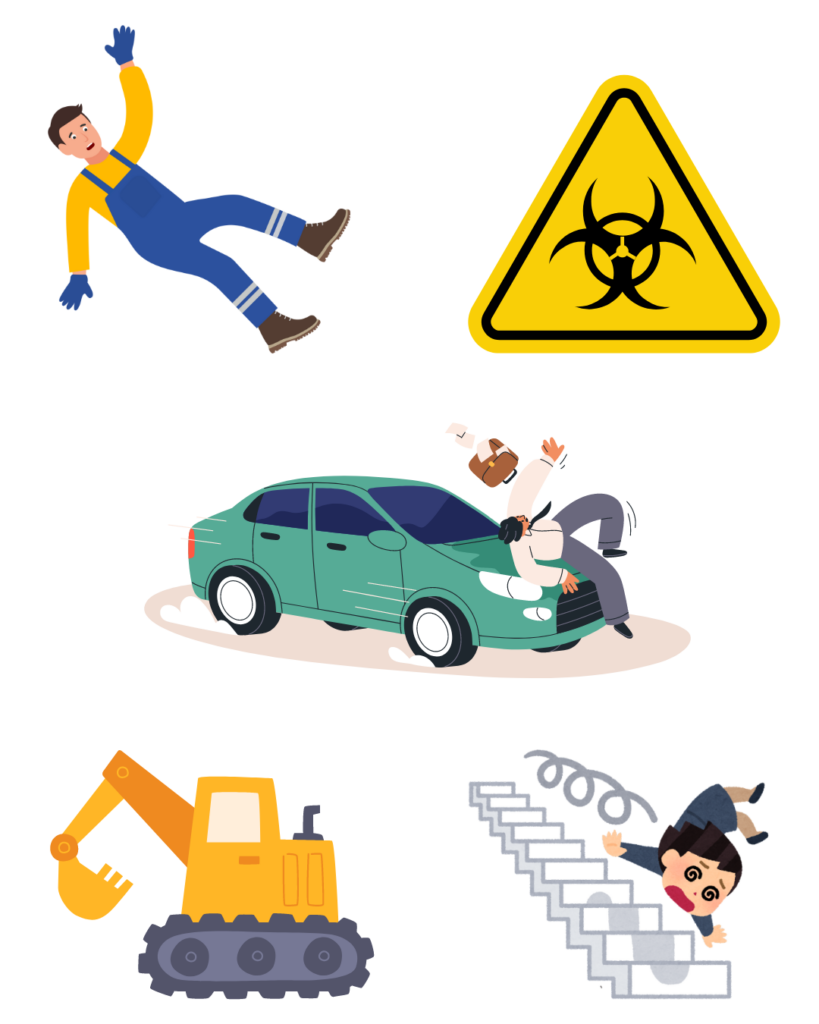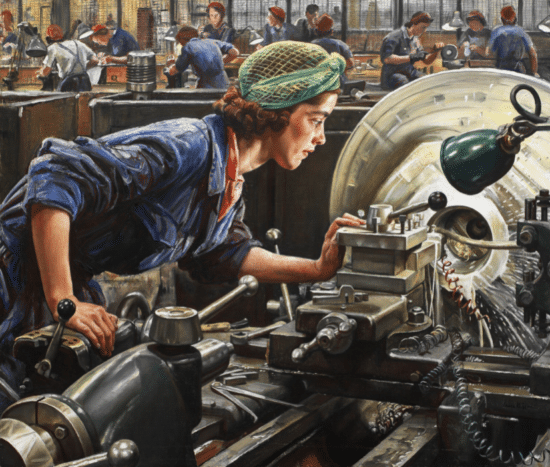Workplace Accidents
Workplace accidents, unfortunately, do happen. Sometimes they are preventable, sometimes not. OSHA keeps regular statistics on the leading causes of workplace deaths and serious injuries. There were 5,486 fatal work injuries recorded in the United States in 2022 which is a 5.7-percent increase from 5,190 in 2021. Despite this increase it is still significantly lower than 38 worker deaths a day in 1970 to 15 a day in 2022
Leading Causes of Workplace Deaths
So, what are the Leading Causes of Workplace Deaths?:

- Vehicles. The most common cause is being in a road accident or struck by some kind of vehicle – a truck, forklift, a passing vehicle, etc. While road construction workers are at higher risk, farmers and warehouse workers can also be in danger. Of these, the highest level is a collision with another vehicle. This contributes to a high accident risk for truck drivers, who spend the most time on the road.
- Violence or incidents involving animals – of which most are intentional injury by another person. Suicides related to work are also significant. Animal-related incidents are relatively rare, but do happen. The majority of the intentional injuries were intentional shootings. Most workplace homicides, however, are robberies gone wrong rather than people “going postal” – cab drivers are common victims as well as cops.
- Being struck by an object or equipment, including being caught in running equipment. The list shows that workers have been struck by walls, concrete panels, loose power cables, and a variety of equipment. This may also include farm workers who die after “drowning” in corn, rice, or soybeans. Being struck is more common than being caught in equipment, likely because people do tend to be more careful about moving machinery.
- Falls. Falling from a height is the fourth top cause of fatal injuries – a quick look at the list of reported deaths for 2017 shows workers died falling from flatbed trailers, roofs, ladders, scaffolding, and even stools. It is no wonder that construction companies place a heavy focus on fall safety. Fall deaths have actually increased since 2011, especially for roofers, carpenters, tree trimmers, and truck drivers.
- Exposure to harmful substances. The most common of these used to be electricity, but over the last five years, a significant uptick in overdoses of recreational drugs or alcohol has overtaken electrocution as a common cause of death. In fact, there were 73 reported on-the-job fatalities from drug or alcohol overdose in 2011 and 217 in 2016, a well over 100% increase. The BLS is reporting at least a 25 percent increase in drug and alcohol-related deaths each year. Much of this can be put down to the opioid epidemic. Many of those abusing painkillers do still have jobs. This does not just increase the risk of overdose, but the risk of other accidents from workers who are not performing properly. The statistics currently put the level of overdose deaths higher than deaths from most types of road collisions, fires or explosions, exposure to electricity, and being caught in machinery.
Additionally, there are other outliers that still happen in certain industries, one of which is accidental shooting deaths. These are more common among professions that require a firearm, such as law enforcement and military.
Incidentally, the three most dangerous jobs to be in, measured by the rate of fatal injuries per 100,000 workers are logging, fishing and flying aircraft.
Currently, total occupational injuries are drifting upwards, and much of that difference appears to come from upticks in drug overdoses and falls. This all says that employers should be doing something about the opioid problem. Making drug addiction a fireable offense, the first line of attack for most is clearly not working.
Companies should also be considering fall safety and road safety, including improved driver safety, as ways to reverse the trend and start bringing occupational deaths back down again.
Sources
https://www.osha.gov/oshstats/commonstats.html
https://www.osha.gov/dep/fatcat/dep_fatcat.html
